Signs Chinese steel output declining
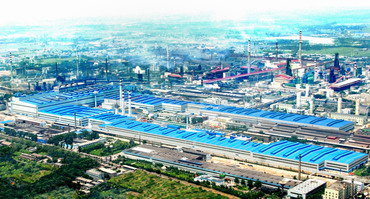
The unprecedented growth in Chinese steel production that underpinned Australia’s iron ore boom of the past decade could be over, with early signs this year’s production will fall for the first time in three decades.
This will put even more pressure on iron ore prices which fell to a fresh seven-year low at the weekend and sent mining stocks lower this morning than just the tide of new mine supply Andrew “Twiggy” Forrest wants to hold back.
Iron ore prices compiled by The Steel Index fell US70c to $US54.08 on Friday night, bringing losses just this year to 24 per cent. The price fall sent stocks lower this morning, with Fortescue Metals Group down 6.5c, or 3.3 per cent to $1.94 in early trade. Atlas Iron was down 3.5 per cent to 14c , BHP Billiton down 1.4 per cent to $33.33 and Rio Tinto off 1.6 per cent to $56.67.
Prices of the steelmaking ingredient are now down 60 per cent, from $US135, since the start of 2014. The potential steel drop, which has more and more analysts wondering if China’s huge steel industry has peaked, calls into question long-term Chinese steel forecasts that BHP and Rio continue to endorse.
China’s steel output has been surprisingly soft in the first two months of the year, and early indicators are that March will be even worse, meaning any hopes of a lift in demand are dimming.
A slowdown in Chinese steel output will make what is already an iron ore surplus more severe and has the potential to further drive down prices from present levels where Fortescue, the ¬highest-cost major, is now struggling to cover costs (including debt repayments).
Fortescue’s troubles were evident last week when Mr Forrest called for Australian iron ore producers to join forces to cut production and drive prices higher, which has seen him come under investigation from Australia’s competition regulator.
Earlier this month, UBS cut a forecast for 2 per cent steel growth to one of a slight (0.5 per cent) fall.
“This implies the first decline in China’s steel production since the early 1980s and therefore a reduction in iron ore demand,” UBS analyst Glyn Lawcock said.
The bank now expects iron ore to average $US58.50 through 2015 and 2016, down from a previous forecast of $US65.50, a level the bank believes is needed to drive out higher-cost miners.
Beyond this year, the UBS steel production forecast is “flattish” because of a slowing property sector, growing global protectionism against Chinese steel and Chinese government environmental policy and capacity closures. “The key message is our global steel team expects very minimal steel production growth from the key centres for the seaborne trade, particularly China,” Mr Lawcock said. “This is a fundamentally different view to BHP Billiton, which maintains expectations for China’s steel production growth to peak at between 1 billion and 1.1 billion tonnes per annum in the mid-2020s and plateau through to 2030.”
UBS is forecasting Chinese crude steel output of 835 million tonnes this year, down from a record 839 million tonnes in 2014.
Last week, Macquarie analysts said China’s steel output in January and February was down about 1.5 per cent from the same period in 2014. “March figures look set to be even worse, with China Iron and Steel Association member mills’ 10-day data not having shown the usual post-New Year pick up,” Macquarie said.
The gloom is shared by Morgan Stanley, which said sharply lower commodities imports in January and February signalled dormant industrial demand.
“Imports (of iron ore) are likely to rebound only if broad-based ¬investment demand in the key sectors, like construction and infrastructure, picks up as the country returns from the Lunar New Year holiday (which finished on March 1)”, Morgan Stanley said.
BHP this month restated its expectation Chinese steel production would plateau at between 1 billion and 1.1 billion tonnes in the middle of next decade. Rio is a little less ambitious but still talks of growth of 1 per cent a year, taking China to 1 billion tonnes of steel production towards 2030.
Many analysts are now sceptical of the optimism in the forecasts, but the producers continue to defend their predictions.
Last week, Rio chief Sam Walsh told a Melbourne lunch he had just flown in from China, where a talk from Premier Li Keqiang had given him confidence the government had struck the right course.
XINSTEEL INFORMATION

 +86 371 55057610
+86 371 55057610  inquiry@xsteelplate.com
inquiry@xsteelplate.com


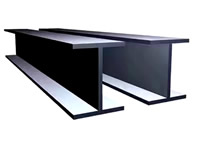
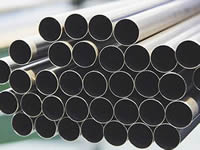
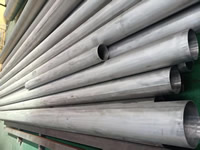
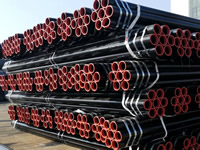
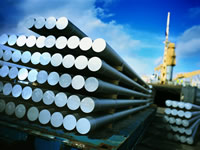

 Tel:+86 371 55057610
Tel:+86 371 55057610  Fax: +86 371 5505 7611
Fax: +86 371 5505 7611